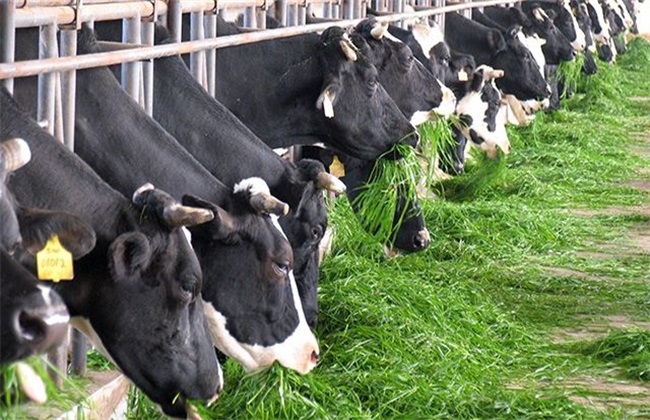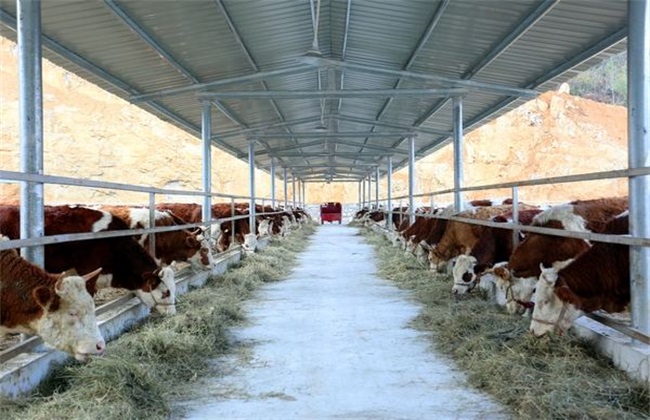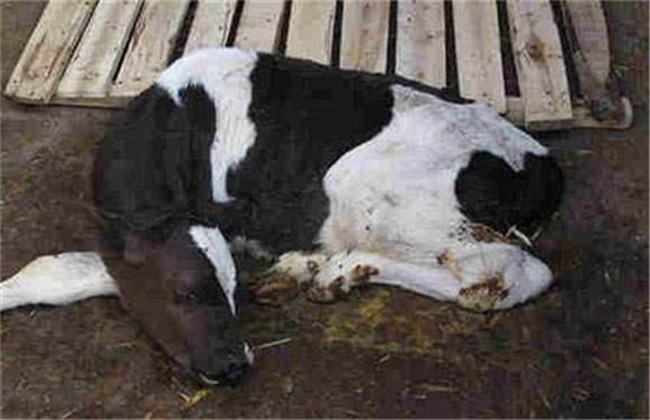Perinatal feeding and Management of Dairy cows
The breeding area of dairy cows in our country is relatively large. When raising dairy cows, we should reasonably adjust the feeding and management methods according to the growth stage of dairy cows. Dairy cows have different management methods in different growth periods, among which the perinatal feeding management is very important. So how to manage the perinatal period of dairy cows? The following editor brings you the methods of feeding and management of dairy cows during the perinatal period. Let's have a look!

1. Adjust the feeding method
After entering the perinatal period, dairy cows should pay attention to controlling the balance between fine feeding and rough feeding. The amount of fine feeding should be controlled at about 4kg/ days, but it still depends on the actual growth of the cow. Do not feed too much, thinking too much will not only increase the breeding cost, but also lead to dystocia and other adverse phenomena of dairy cows. Then when the cow is about half a month before delivery, the amount of salt should be reduced to ensure that the postpartum appetite of the cow can be restored as soon as possible. And we should also pay attention to reduce the content of calcium, promote the blood circulation of dairy cows, and avoid postpartum paralysis.
2. Strengthen the management
In the perinatal period, qualified farmers should do a good job in the construction of delivery rooms to ensure that there is a dry, non-wet, permeable and quiet delivery room to help dairy cows produce. Before the cow production, we should pay attention to the proper exercise of the cow, let the cow give birth naturally as far as possible, if artificial midwifery is needed, then must do a good job of disinfection before midwifery. Feed the cow some warm brown sugar water after delivery, and then let the cow stand more and discharge the lochia that appears after the cow is postpartum.
3. Postpartum feeding
Cows in the postpartum period of two days, to properly change the feed, to corn flour and other easily digestible concentrate feeding, with the right amount of grass. If the cow has the phenomenon of placenta retention, then the cow should be treated with systemic treatment to deal with the uterus to prevent complications and affect the growth of the cow. Then we should do a good job of postpartum observation to avoid digestive tract diseases and affect milk production. And it is necessary to prepare for the breeding of dairy cows two months after delivery to improve the reproduction rate.
4. Control milking
The post-natal milking directly affects the physique recovery and milk yield of dairy cows. Therefore, the amount of milking must be controlled scientifically, usually on the first day after giving birth, the milking volume should be about 1 inch 3. Then the milking volume can be increased appropriately from the next day, and when the milk yield and digestive system of the cow gradually return to normal, it can return to the normal milking yield. In general, the cow can return to normal about 4 days after delivery. Controlling the amount of milking can reduce the incidence of milk fever and improve the quantity and quality of milk.
The above is a brief introduction to the methods of perinatal feeding and management of dairy cows. Perinatal management is very important, we must pay attention to it. That's all for today's introduction. This article is for reference only. I hope it can help you all.
Related
- On the eggshell is a badge full of pride. British Poultry Egg Market and Consumer observation
- British study: 72% of Britons are willing to buy native eggs raised by insects
- Guidelines for friendly egg production revised the increase of space in chicken sheds can not be forced to change feathers and lay eggs.
- Risk of delay in customs clearance Australia suspends lobster exports to China
- Pig semen-the Vector of virus Transmission (4)
- Pig semen-the Vector of virus Transmission (3)
- Five common causes of difficult control of classical swine fever in clinic and their countermeasures
- Foot-and-mouth disease is the most effective way to prevent it!
- PED is the number one killer of piglets and has to be guarded against in autumn and winter.
- What is "yellow fat pig"? Have you ever heard the pig collector talk about "yellow fat pig"?



